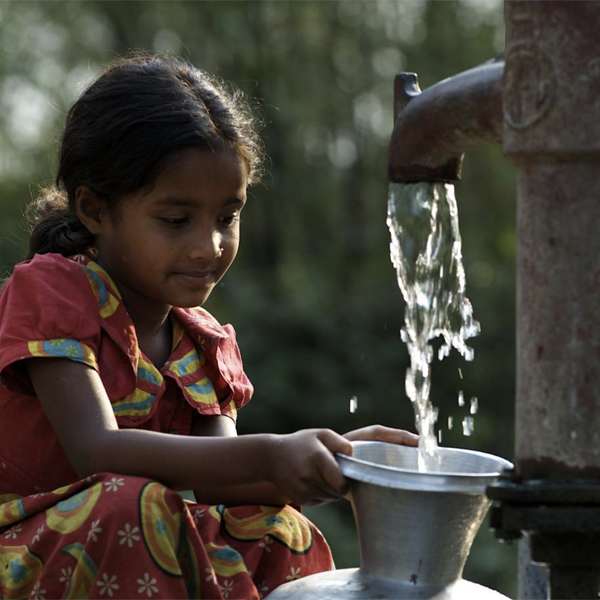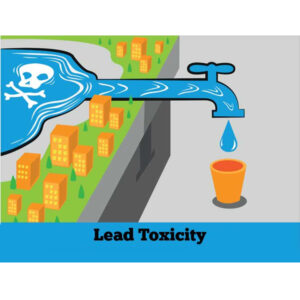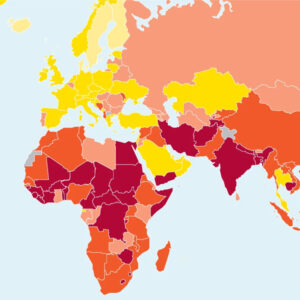Description
Methods: Observational studies documenting the BLL in Indian children (aged ≤ 14 years) available from current literature were systematically searched from PubMed-Medline, Scopus, and Embase digital databases from inception to December 2022. The protocol was earlier registered at PROSPERO (ID: CRD42022382835) and executed adhering to PRISMA 2020 guidelines. Pooled mean BLL was estimated using the random-effects model. Conventional I2 statistics was employed to assess the heterogeneity, while the risk for various biases was assessed using Newcastle Ottawa Scale. Sub-group, sensitivity, and meta-regression analyses were performed where data permitted.
Findings: 59 reports from 45 original studies were part of the present study. It observed pooled BLL of 10.7 (95% CI: 9.87 to 11.5) µg/dL with a trend of gradual reduction during the last 3 decades. Subgroup analysis revealed that the children with high risk of Pb had BLL as 14.8 (95% CI: 13.8 to 16.6) µg/dL, while the children with no known (low risk of) Pb exposure Pb is 7.95 (95% CI: 7.11 to 8.79) µg/dL. Children with no known (low-risk) Pb exposure exhibited a time trend of a gradual reduction in blood Pb levels, while no such time trend was observed among the participants with a high risk of Pb exposure. The current review observed high heterogeneity among the included studies.
Interpretation: Current observations suggest the gradual decline in Pb burden with respect to the national ban on leaded petrol. However, considering the significant public health problem present observations emphasize the need for strict remedial actions toward non-occupational Pb exposure. The children with high risk Pb exposure require stronger interventions to reduce Pb exposure. Further, periodic BLL surveys are needed using high-quality, longitudinal study designs with adequately larger samples.
Funding: None.
Declaration of Interest: We declare no competing interest.
Keywords: Lead poisoning, high risk group, unknown exposure group, time trend analysis, environmental intervention



